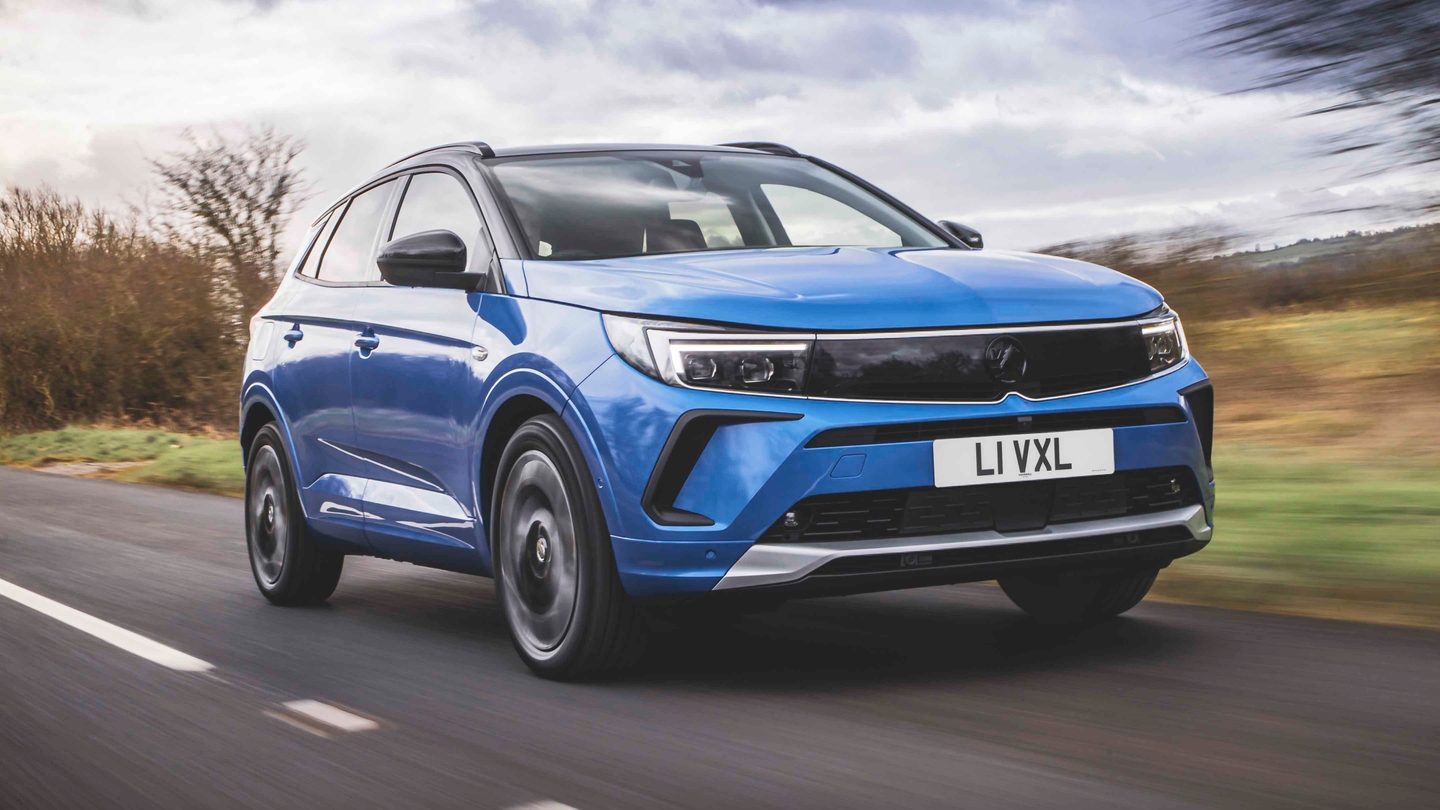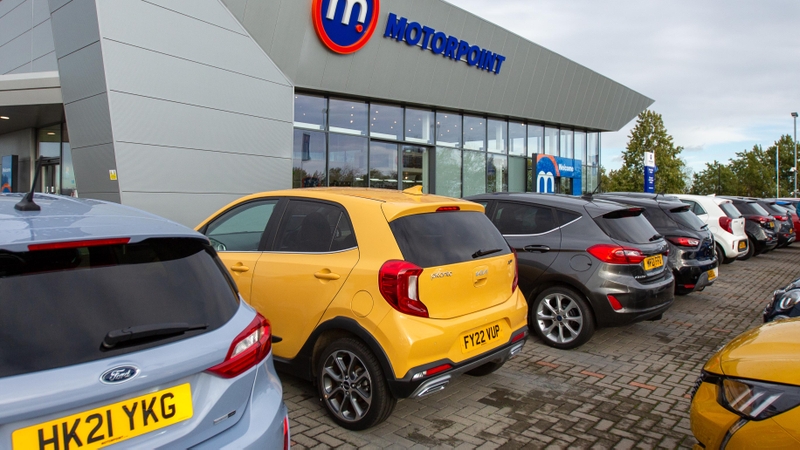













Dacia Sandero Review
While it’s no longer the cheapest new car you can buy, the Dacia Sandero is still a total bargain compared to its nearest rivals.
It’s one of the largest superminis, but priced to compete with the tiniest city cars on the road. The value for money it offers is very impressive.
- Good amount of equipment
- Generous rear-seat space
- Comfy seats
- Limited driver assistance features
- Some obvious cost-cutting measures
- Slow SCe petrol engine
Should I buy a Dacia Sandero?
The Dacia Sandero is a household name. It’s only been in the UK for little more than a decade but it’s well-known for being one of the cheapest cars you can buy. Nowadays, it’s not the most affordable car on the block – and you might be surprised that a top-spec car costs around £16,000 new – but it’s still excellent value for money.
Especially as a used car. We compared a used Sandero to similarly priced used cars, and everything was smaller, older and higher mileage.
And the Sandero isn’t an old car. Whereas the last-generation car pinched various bits and bobs from a 2006 Renault Clio, the new car sits on the same underpinnings as the current Clio. So besides fancier styling and a less prestigious badge, you’re largely getting the same car for a lot less.
It probably won’t appeal to the heart, but listen to your head and the Sandero’s simple, rational nature will shine through. The Sandero is the best-value supermini and the best choice if you just want a mode of transport without any fripperies. If, however, you want a bit of rugged styling and a slightly higher ride height, check out the Dacia Sandero Stepway as well.
Interior and technology

The Sandero has a simple, uncluttered cabin that’s a doddle to work out. What it lacks in snazzy design, it makes up for with user-friendliness and proper physical controls. The twirly air conditioning dials are easy to adjust on the move, and the multifunction steering wheel controls make the Sandero feel a bit more modern than an earlier model with a blank wheel.
Higher-spec trim levels slightly jazz up the cabin with fabric dash trim and coloured air vent inserts, while entry-level trim levels remind you that you haven’t upgraded to a more expensive version.
The basic Essential trim does without a touchscreen, instead having a phone holder and a USB socket. We’d pick one with a touchscreen, because it’s really good to use and has modern phone connectivity. Essential trim gets a useful list of features, including air conditioning and cruise control.
Practicality
Space in the Sandero is pretty good for the supermini class, and it’s really good considering what else is in a similar price range. Headroom and legroom are both good, and there’s plenty of room under the front seats for your feet. You can easily fit four adults in a Sandero.
Again, the 328-litre boot is competitive for a similarly sized car and very good for the price – it’s almost double the space you get in a chic Fiat 500. The boot is slightly bigger than something like a Ford Fiesta, but a Skoda Fabia is even more practical.
If you only occasionally need more space than the Sandero offers, the Sandero Stepway and its standard-fit roof rails allow you to put things on the roof easily.
Engines and performance

The Sandero comes with three different 1.0-litre petrol engines – don’t just presume they’re all the same. Entry-level Sanderos can have a 65hp SCe engine that gives you cheap insurance costs but limited acceleration out of town. Most come with a TCe version of this engine, with a turbocharger strapped on for more power and keener performance on faster roads. This is the one we’d recommend for the majority of buyers, as in the real world it’s just as economical as the SCe engine.
A more unusual choice is the Bi-Fuel engine, which pairs the 1.0-litre petrol with an LPG tank. Stashed under the boot floor, the LPG tank gives you another couple of hundred miles of range, and LPG is considerably cheaper than petrol. It’s like a hybrid engine but without the expensive battery and motor.
Driving and comfort
Some cheap cars let you know you’ve not spent much with uncomfortable suspension and lots of road noise, but the latest Sandero actually feels reasonably sophisticated. There is some droning noise at high speeds but it’s not jarring, nor is it worse than any other small car. Similarly, the engine can be noisy but it adds much-needed character to the Sandero’s driving experience.
The ride is soft and compliant, and it smooths out most bumps fairly well. The Sandero’s all the better for not trying to be sporty. It’s absolutely fine to drive, if forgettable, which is all you’d expect at this end of the market.

































































